
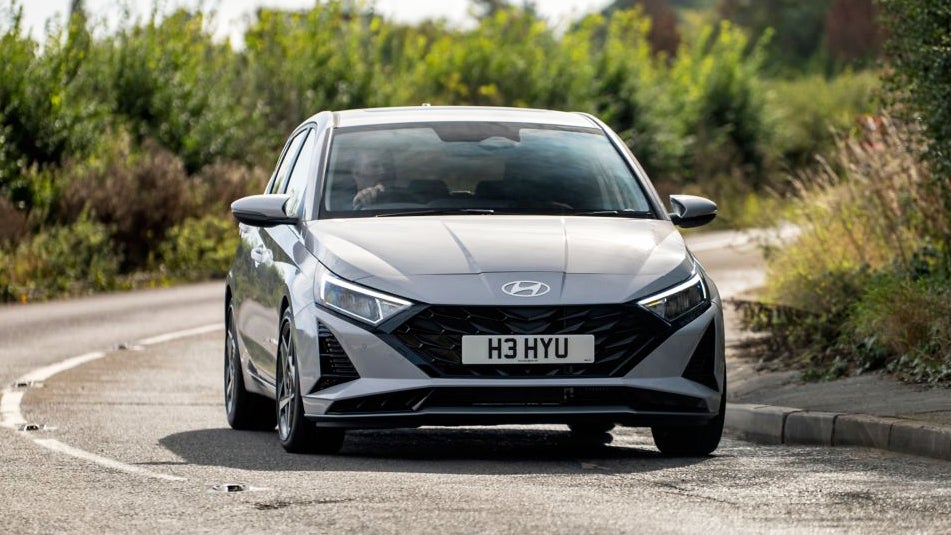

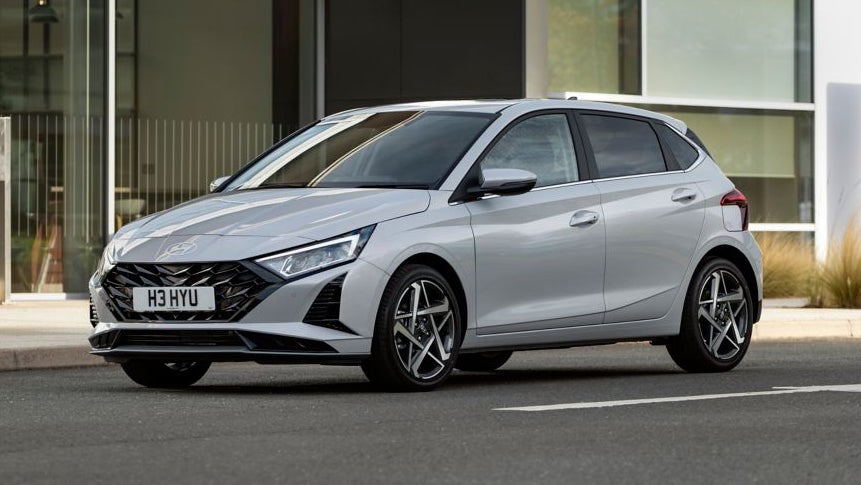
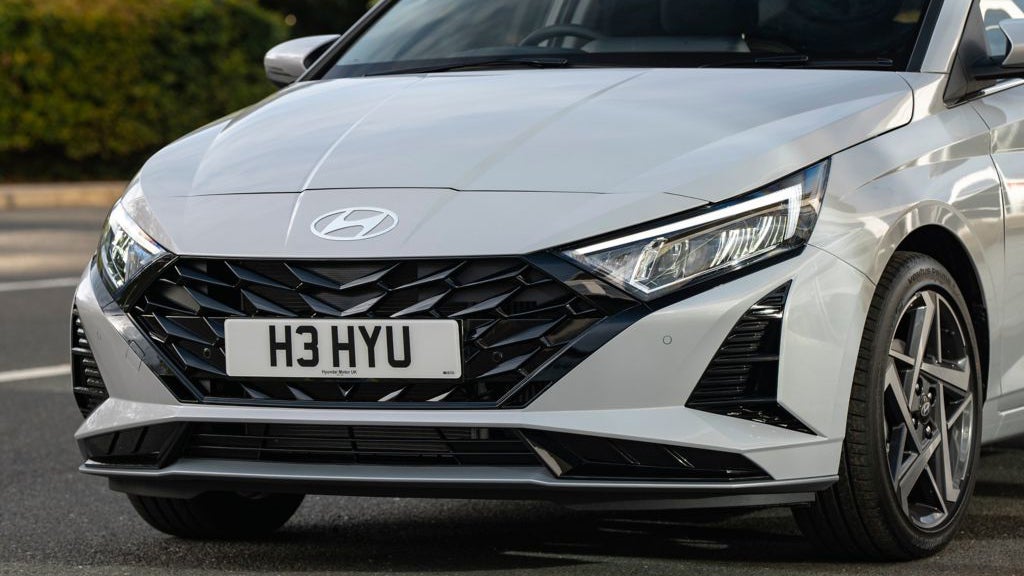

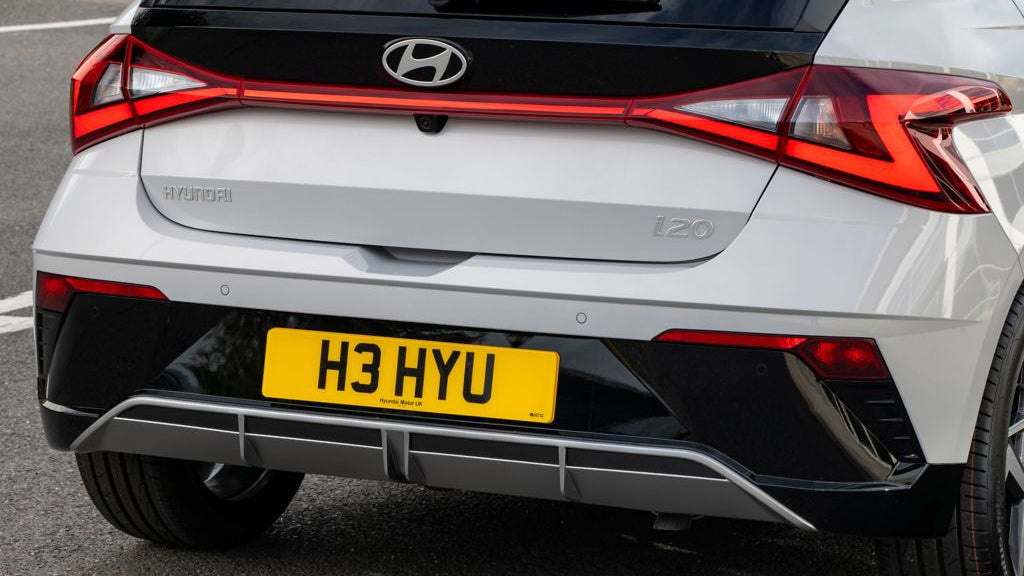

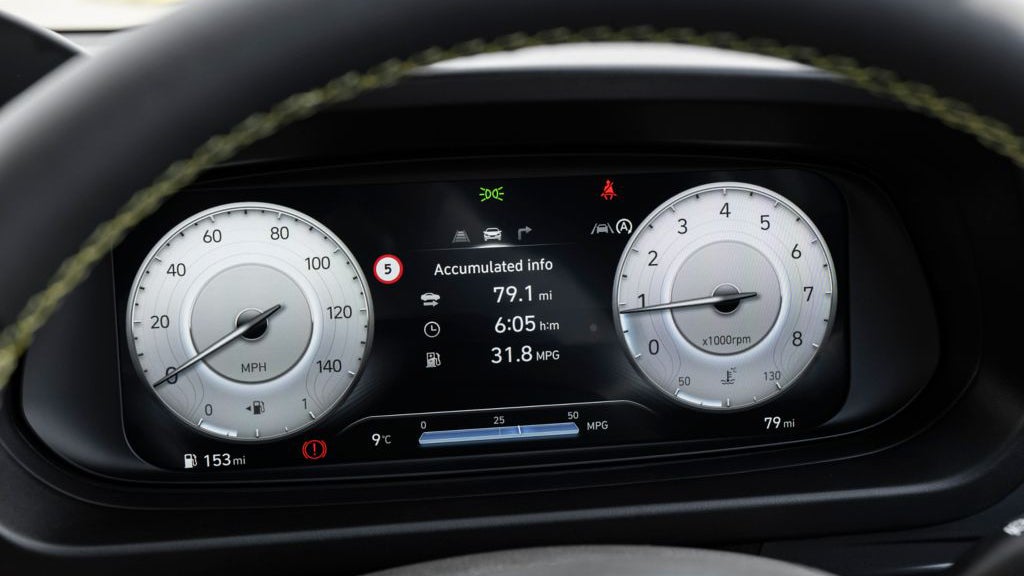
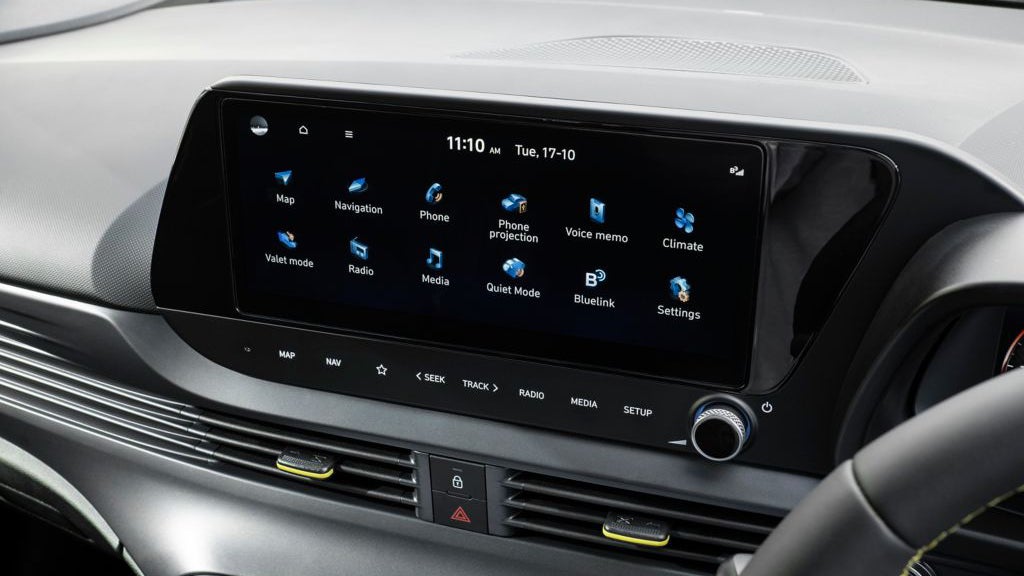


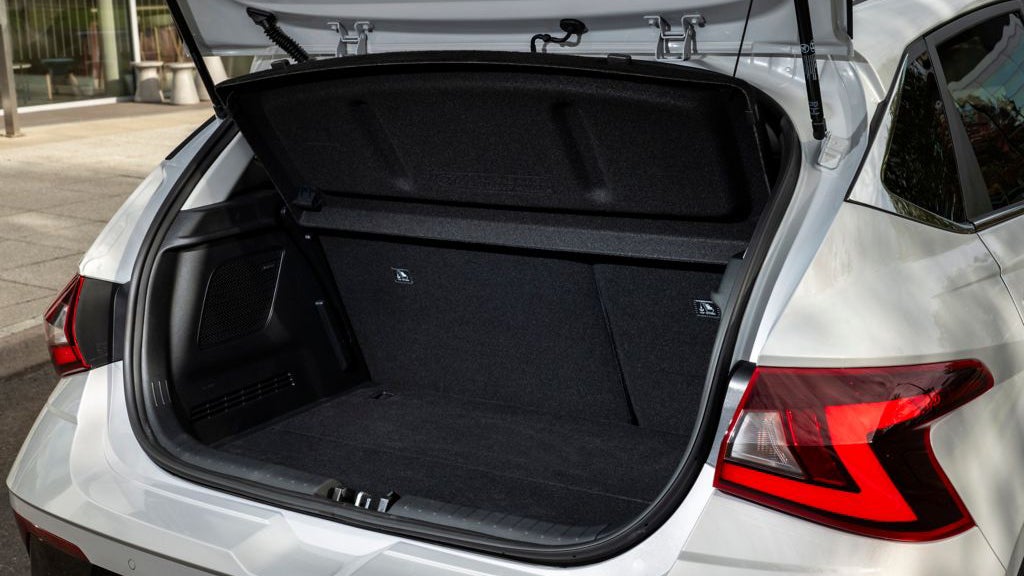
Hyundai i20 Review

The Hyundai i20 is a well-rounded supermini, and it’s impressive enough to sit right alongside the VW Polo, Ford Fiesta and Renault Clio.
Clever engine tech makes it efficient, and it borrows its infotainment from some of Hyundai’s more premium models. Petrolheads will love the i20 N, one of the best small hot hatches you can buy.
- Big-car tech
- Economical
- Refined and comfortable
- Rivals have more rear-seat space
- Automatic gearbox is a bit lethargic
- Small boot in mild-hybrid models
Should I buy a Hyundai i20?
Once a cheap but ultimately average supermini, the latest i20 benefits from Hyundai’s recent glow-up. As you can see, Hyundai’s Ford Fiesta and Vauxhall Corsa rival now boasts confident, eye-catching styling and intricate alloy wheel designs.
Come in for a closer look and you’ll notice the interior has a similarly distinctive design, with bold strakes that look like they’ve been borrowed from a 1980s Ferrari. Almost every i20 gets digital dials and a big touchscreen as standard, so it feels pretty techy from behind the wheel.
What might seal the deal is Hyundai’s five-year, unlimited-mileage warranty, which is more generous than the cover you typically get on the Fiesta, Corsa and Volkswagen Polo.
Interior and technology
Build quality is arguably more important than material quality at this price point, and the i20 feels impeccably put together. You’re unlikely to find any squeaks or rattles on a nearly new i20. While there are a lot of hard, cheap plastics, these should at least be durable and easy to clean. It’s worth bearing in mind that Ultimate spec cars have light grey interior plastics, which actually look a bit cheaper than the black set fitted to lower- and mid-spec cars.
The i20’s interior is pleasingly tactile, with a bank of physical air conditioning controls and sculpted steering wheel buttons to play with. The gear lever in manual cars is great to hold, and the red stitching in N Line cars adds a layer of attitude that evokes the range-topping i20 N. And the touchscreen includes shortcut keys that make it easy to get to the main features while you’re driving.
Practicality
Some superminis still feel ‘super mini’ inside, while others are big enough to put family cars out of a job. The i20 leans towards the latter camp – it’s not the most practical car in the segment but four six-foot-tall adults will be able to get relatively comfy. Legroom is fine and headroom is good, and three people can squeeze across the back row for very short journeys.
Boot space depends on the engine you get. That might sound odd, but mild-hybrid 48V versions of the i20 have the battery under the boot, which eats into cargo space. These cars have a 262-litre boot, which is poor for the class. It’s only 10 litres more than the smaller Hyundai i10. But non-hybrid i20s get a whole 90 litres more, which puts it in line with the Volkswagen Polo, SEAT Ibiza and Renault Clio near the top of the supermini class.
A non-hybrid i20 is big enough to compete with bigger, more expensive cars, while hybrid cars should still manage a few shopping bags and a suitcase or two.
Engines and performance
All standard i20s now get a 1.0-litre turbocharged petrol engine – just like the majority of its main rivals. Over the i20’s lifespan this engine has been available with and without mild-hybrid tech, but all are economical. Given the petrol engine can manage 53mpg, it’s no surprise that a diesel isn’t offered.
With either 100hp or 120hp on tap, the i20’s performance is more than good enough for a small, town-focused car.
What a mild-hybrid i20 lacks in boot space, it makes up for with smoothness. The switch between petrol and electric power is almost unnoticeable, and there’s none of the vibration that’s common in other superminis with three-cylinder engines. And the hybrid system makes its presence known – it’ll regen brake like a ‘proper’ hybrid car, adding more charge to the tiny battery when you slow down.
The i20 also boasts a range-topping hot hatch version for the first time. Following on from the bombastic i30 N, the smaller i20 N is a real firecracker. Hyundai pinched the former boss of BMW’s M Division for its performance range, and its N range is more than good enough to satisfy the keenest driving enthusiasts. The 204hp i20 N gets from 0-62mph in just 6.2 seconds, has a quick, slick gearshift and corners with an almost telepathic quality that’s guaranteed to make you laugh.
Driving and comfort
A little bit of that driving sparkle has fallen onto the standard i20 – it’s agile enough to make quick direction changes fun, and has surprisingly heavy steering. It’s not quite the best-driving supermini but it’s not far off the likes of the Ford Fiesta, SEAT Ibiza and Mini.
The focus is more on sportiness than comfort, but the i20 deals with most bumps pretty well. The i20’s firmness certainly doesn’t come at the expense of composure, and even the chunkiest speed bumps shouldn’t send the car lolloping in different directions. At motorway speeds the ride is a little choppy but that’s easily overlooked.
































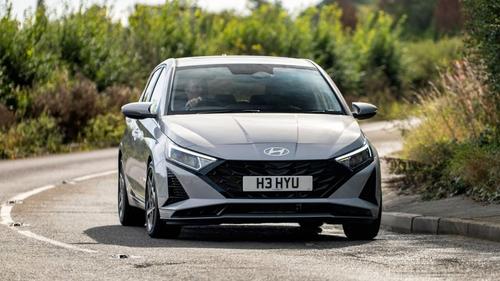
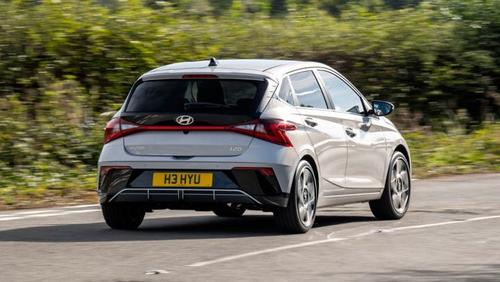
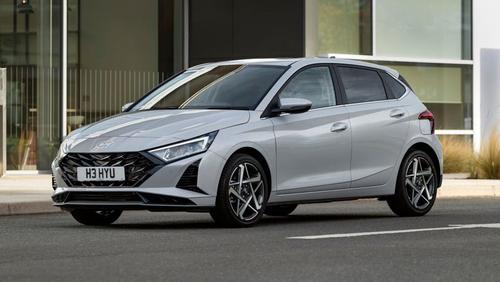
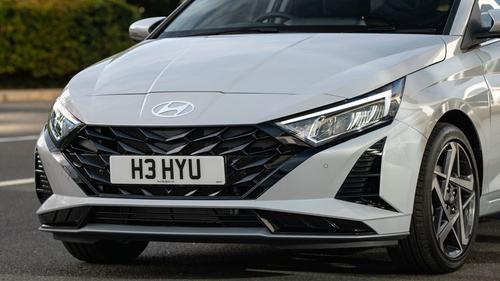
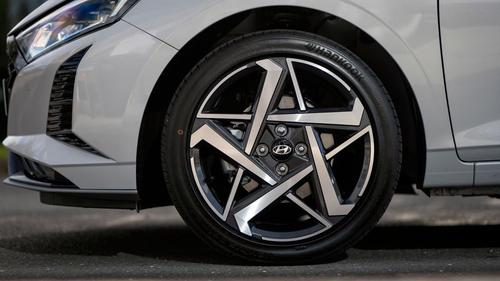
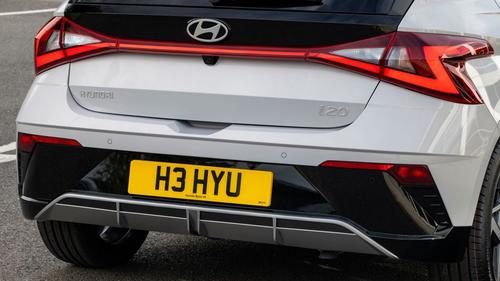
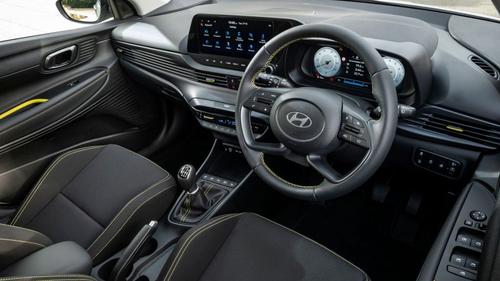
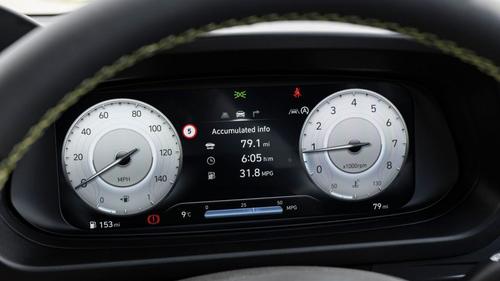
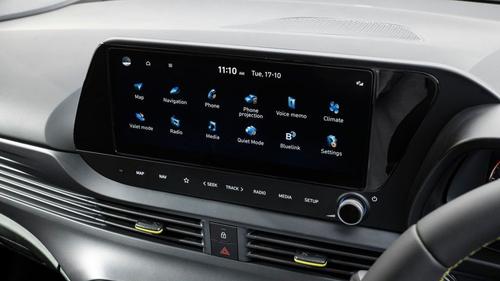
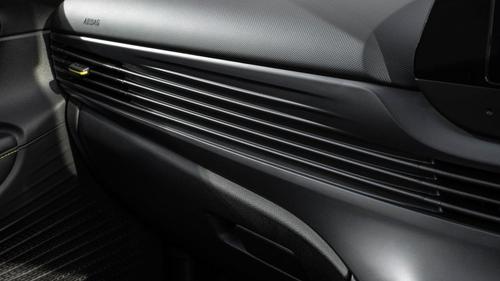
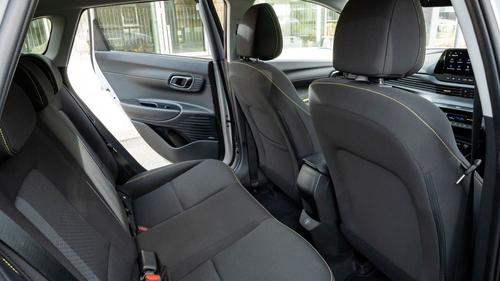
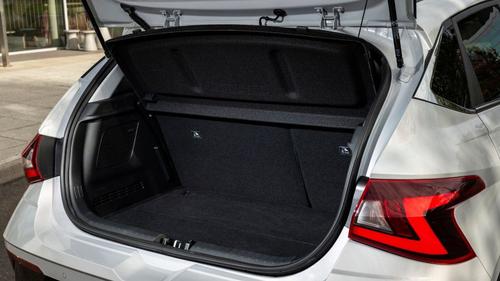




.jpg&w=1440&q=75)





